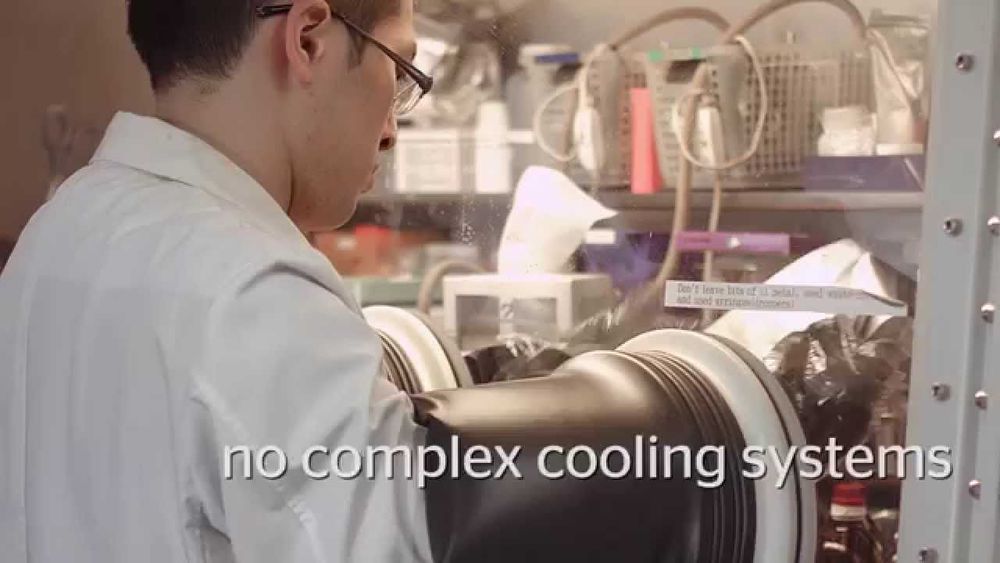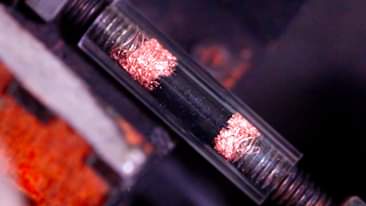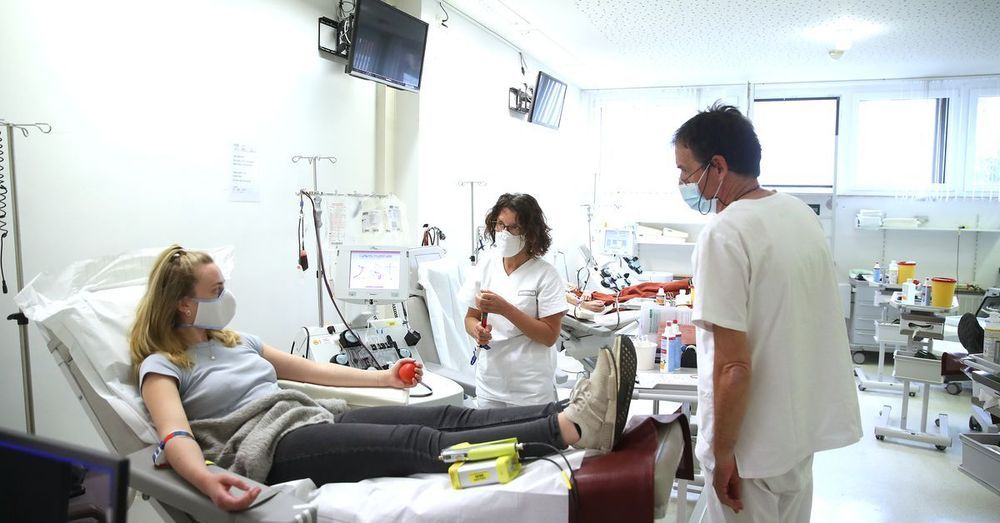Oct 19, 2020
Scientists use holographic imaging to detect viruses and antibodies
Posted by Jeff Myers in categories: biotech/medical, innovation
A team of New York University scientists has developed a method using holographic imaging to detect both viruses and antibodies. The breakthrough has the potential to aid in medical diagnoses and, specifically, those related to the COVID-19 pandemic.
“Our approach is based on physical principles that have not previously been used for diagnostic testing,” explains David Grier, a professor of physics at NYU and one of the researchers on the project, which is reported in the journal Soft Matter. “We can detect antibodies and viruses by literally watching them stick to specially prepared test beads.”
If fully realized, this proposed test could be done in under 30 minutes, is highly accurate, and can be performed by minimally trained personnel. Moreover, the method can test for either the virus (current infection) or antibodies (immunity).

















